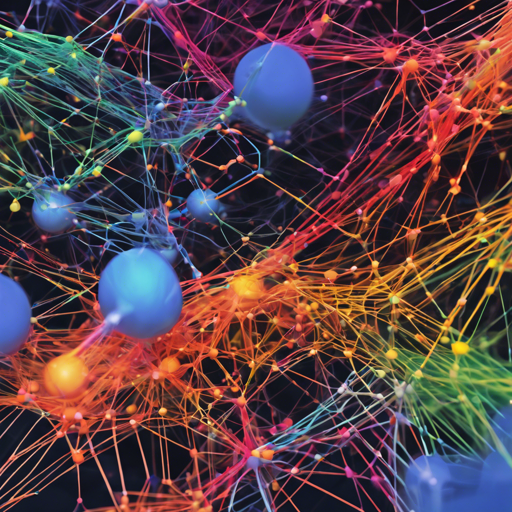Deep Convolutional Neural Networks (CNNs) are at the forefront of artificial intelligence, powering various applications from image recognition to natural language processing. Understanding how these networks visualize and interpret data can significantly enhance their application. This article serves as your friendly guide to visualizing CNNs using a robust repository that implements recent methodologies. Buckle up as we delve into the world of CNN visualizations!
Getting Started with CNN Visualization
To interact with the visualization tools available in this repository, you will need the following:
- Python 3.3 or above
- TensorFlow 1.3
- TensorCV
Understanding the Algorithms
The repository includes several algorithms for visualizing CNNs, each with its unique approach:
- Visualization of Filters and Feature Maps of GoogLeNet
- Deconvolutional Networks
- Guided Backpropagation
- Class Activation Mapping (CAM)
- Gradient-weighted Class Activation Mapping (Grad-CAM)
How to Implement CNN Visualizations
Let’s dive deeper into one of the key methods: the visualization of filters and feature maps using GoogLeNet.
# Step 1: Load the model
from keras.applications import InceptionV3
model = InceptionV3(weights='imagenet', include_top=False)
# Step 2: Preprocess the image
from keras.preprocessing import image
from keras.applications.inception_v3 import preprocess_input
img_path = 'path_to_your_image.jpg'
img = image.load_img(img_path, target_size=(299, 299))
img_array = image.img_to_array(img)
img_array = np.expand_dims(img_array, axis=0)
img_array = preprocess_input(img_array)
# Step 3: Generate feature maps
feature_maps = model.predict(img_array)
# Step 4: Visualize the feature maps
import matplotlib.pyplot as plt
for i in range(5):
plt.matshow(feature_maps[0, :, :, i], cmap='viridis')
plt.axis('off')
plt.show()Think of the process of visualizing CNNs like exploring a restaurant kitchen full of chefs (layers of the network) busily working on a dish (the image). Each chef (layer) has a specific role; some chop vegetables (extract features) while others cook them (pass data through complex operations). Our job is to peek over their shoulders to see how they transform raw ingredients (input data) into the final dish (output prediction).
Troubleshooting Tips
If you encounter any issues while implementing the visualization techniques, consider the following troubleshooting ideas:
- Ensure that all required libraries are installed correctly. You can use
pip install -r requirements.txtto install any missing dependencies. - Check your Python version as some libraries may not be compatible with lower versions than Python 3.3.
- Make sure your image path is correct and the image file is accessible.
- If the feature maps do not display correctly, confirm that you are using an image of appropriate dimensions.
For more insights, updates, or to collaborate on AI development projects, stay connected with fxis.ai.
Conclusion
Visualizing deep convolutional neural networks can provide significant insights into how these networks function, revealing their decision-making processes. By leveraging the tools and algorithms outlined in this article, you can enhance your understanding and manipulation of CNNs for your projects.
At fxis.ai, we believe that such advancements are crucial for the future of AI, as they enable more comprehensive and effective solutions. Our team is continually exploring new methodologies to push the envelope in artificial intelligence, ensuring that our clients benefit from the latest technological innovations.

